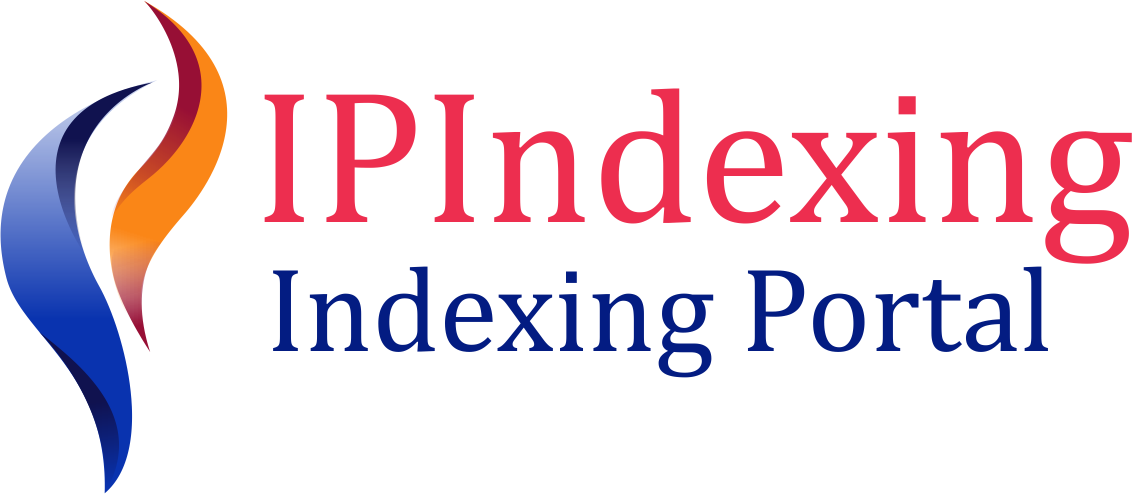The analysis of the factors affecting the stringency index during COVID-19 pandemic
DOI:
https://doi.org/10.53753/jame.2.2.03Anahtar Kelimeler:
Covid-19- Pandemic- Stringency Index- Government Responses- Non-Additive Fixed Effect Panel Quantile RegressionÖzet
Coronavirus (COVID-19) pandemic, which started in China’s Wuhan providence in the late 2019s, and then affected the entire world in a short time, causing high disease and death rates, was one of the most important unexpected crises of 21st century. In order to manage the risk the pandemic posed on public health and public order, and to control spread of the disease, governments implemented restriction policies, in which precautions such as limitation and closure were taken. This study aims to examine the factors affecting the stringency index, an indicator of the political measures taken by governments against the epidemic in the selected countries (the United Kingdom, Italy, France, Germany, Türkiye, Russia, Brazil, the United States of America, India) during COVID-19 pandemic. In the analysis, non-additive fixed effect panel quantile regression model with the instrumental variable was used. The data set covers the period between March 11, 2020 and June 29, 2021. The findings indicate that although the level of effects varied, an increase in the number of daily deaths has an increasing effect on the stringency index value in all the countries within the study. Meanwhile, it is observed that as the rate of people with age 65 and over increases, the stringency measures also increase in the countries implemented moderate and high-level restrictions.
İndirmeler
Referanslar
• BOUMPARIS, P., MILAS, C. & PANAGIOTIDIS, T. (2017). Economic Policy Uncertainty and Sovereign Credit Rating Decisions: Panel Quantile Evidence for the Eurozone. Journal of International Money and Finance. 79, 39-71.
• CHEN, S., GUO, L., ALGHAITH, T., DONG, D., ALLUHIDAN, M., HAMZA, M.M., HERBST, C.H., ZHANG, X., TAGTAG, G.C.A.,ZHANG, Y.,ALAZEMI, N., SABER, R., ALSUKAIT, R. & TANG, S. (2021). Effective COVID-19 Control: A Comparative Analysis of the Stringency and Timeliness of Government Responses in Asia. International Journal of Environmental Research and Public Health. 18(16), 8686.
• ÇELİK, O. (2021). COVID-19 Measures and Economic Growth: Spatial Analysis for the EU-27 Countries. III. International Conference on Economics. 2-4 September 2021, Başkent University, Ankara.
• DASHRAATH, P., WONG, J.L.J., LIM, M.X.K., LIM, L.M., LI, S., BISWAS, A., CHOOLANI, M., MATTAR, C. & SU, L.L. (2020). Coronavirus disease 2019 (COVID-19) pandemic and pregnancy. American Journal of Obstetrics & Gynecology. 222(6), 521-531.
• DAVIDSON, R. & MACKINNON, J.G. (1993). The Estimation and Inference in Econometrics. New York: Oxford University Press, ISBN: 0-19-506011-3.
• FULLER, J.A., HAKIM, A., VICTORY, K.R., DATE, K., LYNCH, M.F., DAHL, B.A. & HENAO, O. (2021). Stringency Mitigation Policies and COVID-19–Associated Mortality — 37 European Countries, January 23–June 30, 2020. Morbidity and Mortality Weekly Report. 70(2), 58-62.
• GÖKÇEN, C.A. (2021). Assessing the Effects of COVID-19 Containment Measures on Manufacturing and Services Industries. Central Bank of the Republic of Turkey, Working Paper. 21(18), 1-21.
• HALE, T., PETHERICK, A., PHILLIPS, T. & WEBSTER, S. (2020). Variation in Government Responses to COVID-19. [online]. BSG Working Paper Series, BSG-WP-2020/032 Version 5.0, https://www.bsg.ox.ac.uk/research/publications/ variationgovernment-responses-covid-19 [Date Accessed: 06/24/2022].
• HALE, T., ANGRIST, N., GOLDSZMIDT, R., KIRA, B., PETHERICK, A., PHILLIPS, T., WESTER, S., CAMERONBLAKE, E., HALLAS, L., MAJUMDAR, S. & TATLOW, H. (2021). A Global Panel Database of Pandemic Policies (Oxford COVID-19 Government Response Tracker). Nature Human Behaviour. 5, 529-538.
• KAÇAK, H. & YILDIZ, M.S. (2020). Stringency of Government Responses to COVID-19 and Initial Results: A Comparison Between Five European Countries and Turkey. Türk Hijyen ve Deneysel Biyoloji Dergisi. 77(2), 233-242.
• KOÇ, İ. & SARAÇ, M. (2020). Koronavirüs Salgınının Sosyo-Ekonomik, Demografik ve Sağlık Belirleyicileri: OECD Ülkeleri Verilerinin Analizi. Turkish Journal of Public Health. 18(Special Issue), 1-13.
• KOENKER, R. (2004). Quantile Regression for Longitudinal Data. Journal of Multivariate Analysis. 91(1), 74-89.
• KOENKER, R. & BASSETT, G.J. (1978). Regression Quantiles. Econometrica. 46(1), 33-50.
• MATHIEU, E., RITCHIE, H., RODES-GUIRAO, L., APPEL, C., GIATTINO, C., HASELL, J., MACDONALD, B., DATTANI, S., BELTEKIAN, D., ORTIZ-OSPINA, E. & ROSER, M. (2020). Coronavirus Pandemic (COVID-19) [online]. Our World in Data, https://ourworldindata.org/coronavirus.html, [Date Accessed: 10/17/2022].
• PICCILANI, N.M., DI PALMA, C., COGLITORE, L., PEREGO, L. & NGUYEN, Q.N. (2021). The impact of political orientation on the stringency of COVID-19 lockdown measures. Comparative Political Systems – IPLE, 1-10.
• POWELL, D. (2016). Quantile Regression with Nonadditive Fixed Effects. RAND Corporation, Santa Monica-CA, 1-33. Retrieved from https://www.rand.org/
• PRASAD, K., AITHAL, P.S., VINAYACHANDRA & GEETHA, P.K. (2021). An AI-based Analysis of the effect of COVID-19 Stringency Index on Infection rates: A case of India. International Journal of Health Sciences and Pharmacy. 5(1), 87-102.
• RAZZAK, W.A. (2020). The Dynamic of COVID-19 New Infections under Different Stringent Policies. Munich Personal RePEc Archive. 100451.
T.C. SAĞLIK BAKANLIĞI (2020). COVID-19 Bilgilendirme Platformu [online]. Yayınlar/COVID-19 Sözlüğü/Pandemi, https://covid19.saglik.gov.tr/TR-66493/p.html, [Date Accessed: 10/14/2022].
• TASSINARI, G., ALBONI, F., TASSINARI, A. & DRUDI, I. (2020). Stringency of COVID-19 Restrictions Among Italian Regions and the Role of Regional Economic Systems. The 6th International Scientific Conference-ERAZ 2020 Selected Papers. 21 May 2020, Online-Virtual, 1-10, ISBN: 978-86-80194-34-9.
• TAŞDOĞAN, C. & TAŞDOĞAN, B. (2020). The Stringency Of Social (Physical) Distance Measures: Have Governments Failed Against COVID-19?. Üçüncü Sektör Sosyal Ekonomi Dergisi. 55(3), 2030-2043.
• VIOLATO, C., VIOLATO, E.M. & VIOLATO, E.M. (2021). Impact of the Stringency of Lockdown Measures on COVID-19: A Theoretical Model of a Pandemic. PLoS ONE. 16(10), 1-14.
• YİĞİTOL, B. & BÜYÜKMUMCU, S. (2021). COVID-19 Korkusu, Kişilik Özellikleri, İş Performansı ve İşten Ayrılma Niyeti Arasındaki Yordayıcı İlişkilerin İncelenmesi. OPUS International Journal of Society Researches. 17(Pandemi Özel Sayısı), 3414-3447.
İndir
Yayınlanmış
Nasıl Atıf Yapılır
Sayı
Bölüm
Lisans
Telif Hakkı (c) 2022 Holistence Publications

Bu çalışma Creative Commons Attribution 4.0 International License ile lisanslanmıştır.









